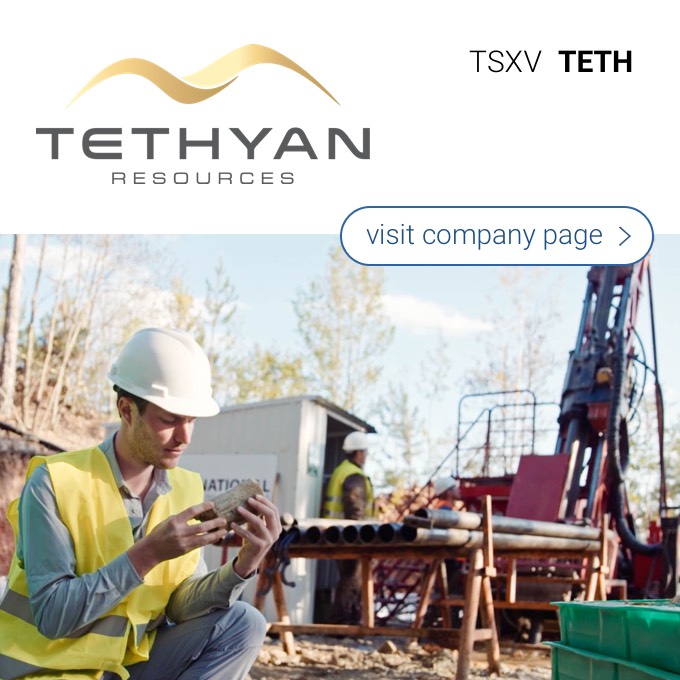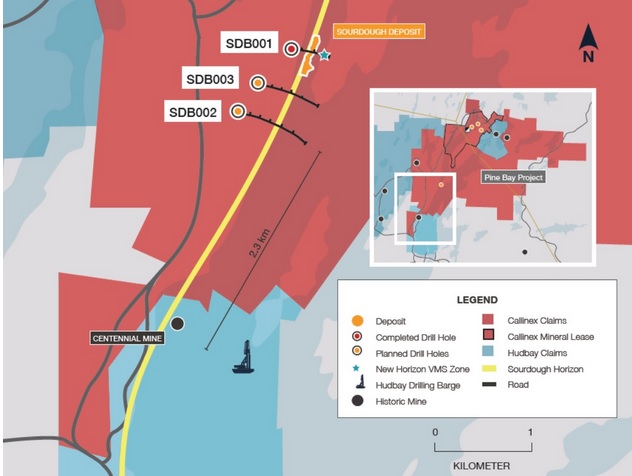Orovero Resources has changed its name into Standard Tolling Corp (TON.V), which aims to develop a toll milling business in Peru. We sat down with CEO Len Clough to discuss the name change and the future of the company.
[download_link link=”http://caesarsreport.com/freereports/CaesarsReport_2014-03-19.pdf” variation=”blue”] DOWNLOAD REPORT [600kb][/download_link]
[gview file=”http://caesarsreport.com/freereports/CaesarsReport_2014-03-19.pdf”]
[download_link link=”http://caesarsreport.com/freereports/CaesarsReport_2014-02-12.pdf” variation=”blue”] DOWNLOAD REPORT [600kB][/download_link]
[fancy_header3]TEXT VERSION[/fancy_header3]
[margin20]
Q&A
[fancy_list style=”arrow_list”]
- Orovero Resources has recently announced another name change to Standard Tolling Corp, why did you feel the need to do this?
[/fancy_list]
[fancy_list style=”bullet_list”]
- The tolling business is not new but the downturn in the exploration markets over the past three years has put a whole new spotlight on the sector, due to its ability to generate quick and predictable cash flow. We see it as a billion dollar opportunity throughout Latin America and there is no defined leader yet. Standard Tolling’s name was selected to reflect our goal of creating the standard in toll milling solutions.
[/fancy_list]
[fancy_list style=”arrow_list”]
- The problems at Dynacor Gold’s (DNG.TO) operations earlier this year scared a lot of investors. How important is it that all problems have been solved there. Can we assume this will restore the confidence in the business model and the trustworthiness of Peru?
[/fancy_list]
[fancy_list style=”bullet_list”]
- My perception, supported by the immediate rebound of DNG shares, is that investors have strong confidence in the business model but remain uneasy about regulations. Regulations in Peru regarding small mining are still evolving, so investors should expect some ups and downs. The Peruvian government needs to be steadfast in their pursuit of regulating the small mining industry. Greater compliance means greater profits for small miners, processors, and governments. It also means that the environment wins too as polluting small-scale mines will be closed down. It’s a win-win-win-win scenario.
[/fancy_list]
[fancy_list style=”arrow_list”]
- You have been adding two interesting new board members, can you give us some more information about their background?
[/fancy_list]
[fancy_list style=”bullet_list”]
-
Firstly, our pursuit of industry leading talent is not over and we have another two significant personnel announcements forthcoming. One of our recent announcements include David Hutchins, a well known London financier whom I met last year. Mr. Hutchins has studied the business model at length and is passionate about it. Mr. Hutchins will be instrumental in assisting us in our European financing efforts. His announcement should also demonstrate a commitment to the finance marketplaces throughout Europe.
Our other announcement was Andrew Neale who recently joined our board of directors and will overseer the proposed study. I believe Mr. Neale to be the foremost expert in the toll milling space today. Not only did he operate a Nicaragua-based toll milling enterprise, he was involved in the sale of that business which created a substantial windfall for his investors. It should also be noted that Mr. Neale was a former proprietor in a testing lab as well. With quality control being so important in toll milling, I sincerely believe I could find no one better than him. In closing, Mr. Neale and Mr. Hutchins know each other and this should provide additional advantages when meeting with future investors.
[/fancy_list]
[fancy_list style=”arrow_list”]
- You announced you would first complete a strategic study in order to be fully prepared for the right spot for your first plant. Why did you decide to take this approach and when can we expect the results of this study?
[/fancy_list]
[fancy_list style=”bullet_list”]
- There were several reasons to complete the strategic study and finding our first location was one of them. We believe that completing a comprehensive study, which could be compared to a scoping study completed by mining companies prior to construction, can de-risk a project considerably. With the people involved in our company now, its unlikely potential investors will question if we can build and operate a tolling business but rather if we have established cost certainty. Investors simply need to know what dilution to expect prior to investing and we will ensure that this occurs. We anticipate this report being completed by mid to late May.
[/fancy_list]
[fancy_list style=”arrow_list”]
- What would be your preferred startup throughput rate and what would be your anticipated capex to achieve this level?
[/fancy_list]
[fancy_list style=”bullet_list”]
- The answer to this will be determined upon completion of the study however, it’s imperative to start large enough to capture the optimal economies of scale and maintain easy upgrade capabilities. I anticipate the initial capacity to exceed 100 TPD but its unlikely to be larger than 200 TPD. We simply need to establish enough volume and cash flow to qualify for bank financing. In terms of capital costs, they have yet to be established but we are working off a $40,000 / ton of capex PLUS ore finance.
[/fancy_list]
[fancy_list style=”arrow_list”]
- What are your plans with the Rio Tabaconas exploration project?
[/fancy_list]
[fancy_list style=”bullet_list”]
- We are working a couple scenarios now and I think it’s premature to discuss it at this point. We are a tolling company with some hidden value in our exploration assets that need to be monetized.
[/fancy_list]
[fancy_list style=”arrow_list”]
- What are your longer term plans for Standard Tolling Corp? Where do you see the company in three and five years from now?
[/fancy_list]
[fancy_list style=”bullet_list”]
- We intend on pursuing this “last financing” concept whereby every future plant we build will only require one “last” equity financing to bring to full production. Once at full production, cash flows must satisfy senior bank financing thresholds in order to facilitate an expansion to 350 TPD. That is why picking the optimal sized facility initially is so important. My understanding is that anything under 100 TPD is simply not big enough for the banks to look at. Lots of work is still needed in this regard but it makes our multiple-plant goal more tangible. We want to develop 1 plant per year over the next five years and work in more than one country in Latin America. It’s also entirely possible that gold will not be the only metal we process.
[/fancy_list]
[divider_top]
Disclosure: Standard Tolling is a sponsoring company. We hold a long position. Please see our disclaimer for current positions.













